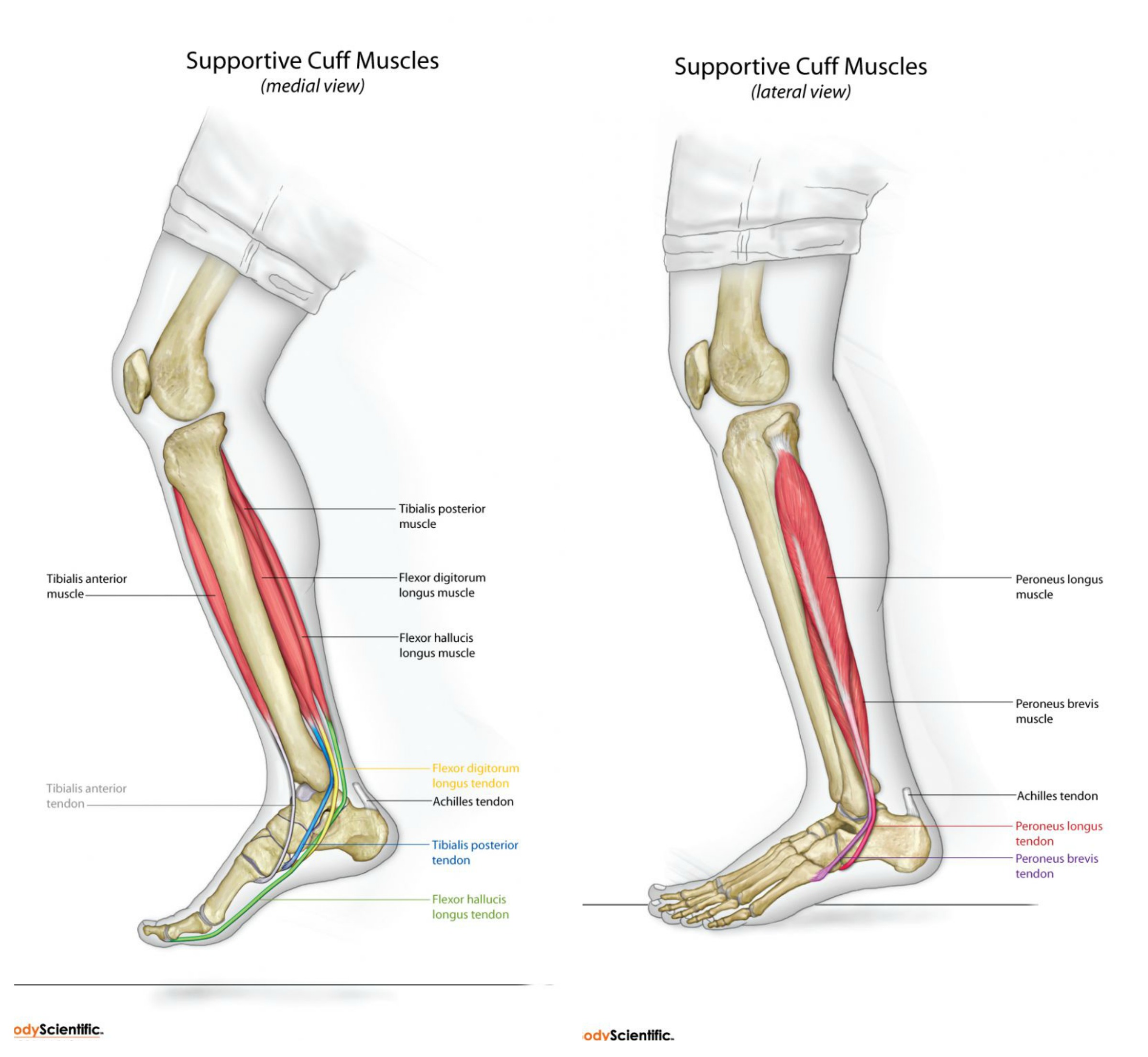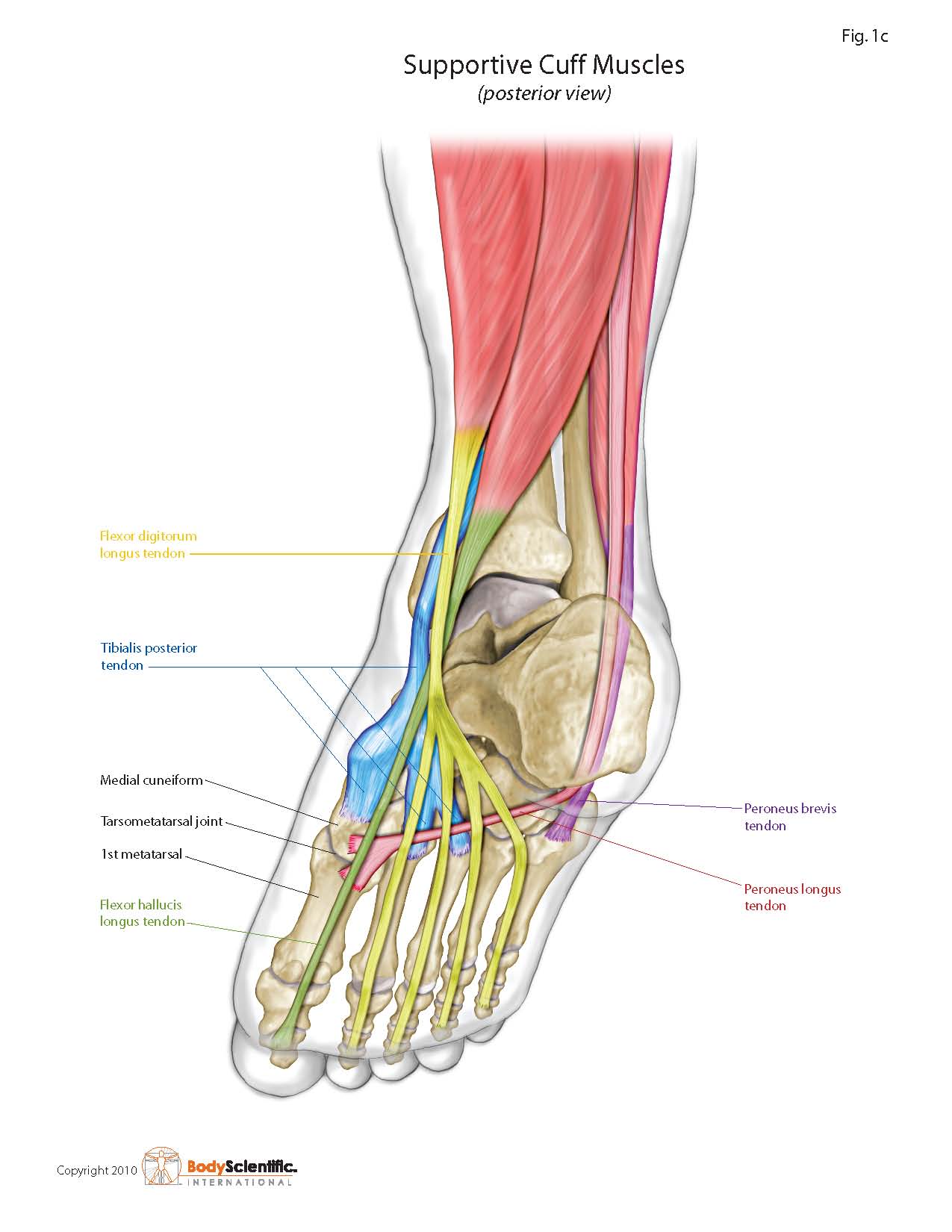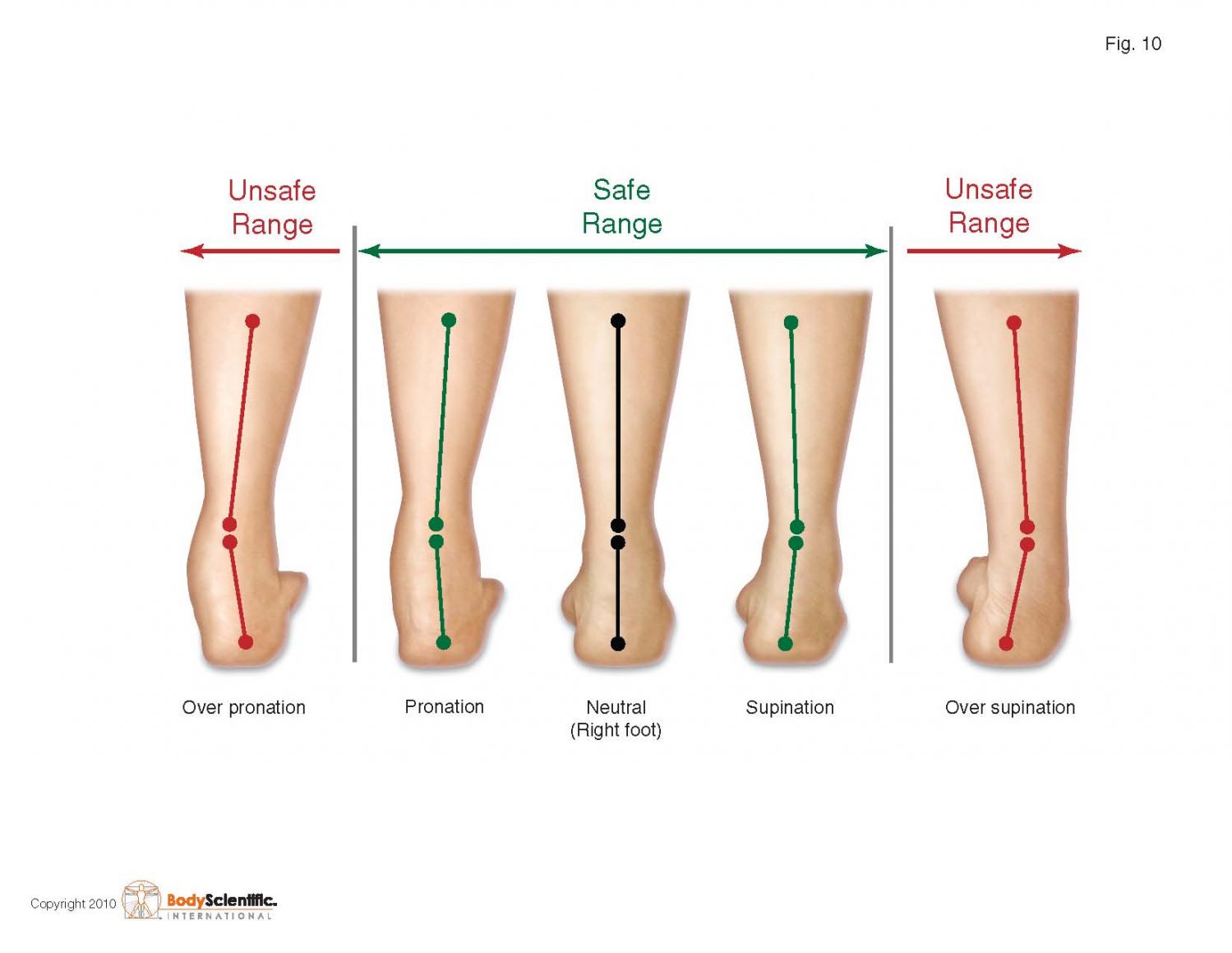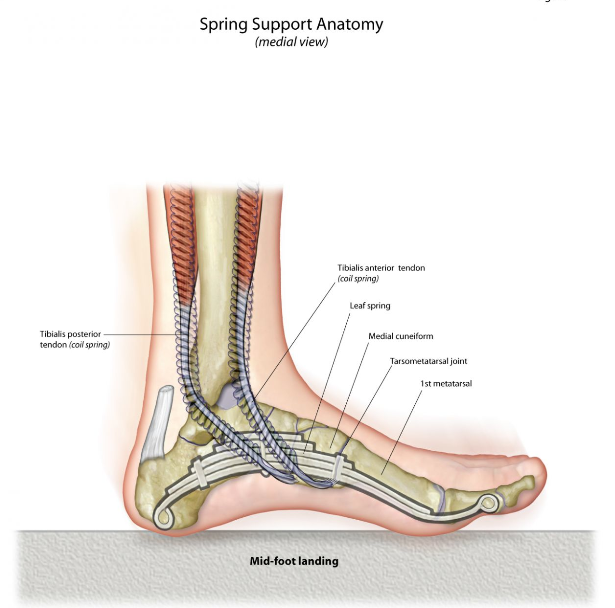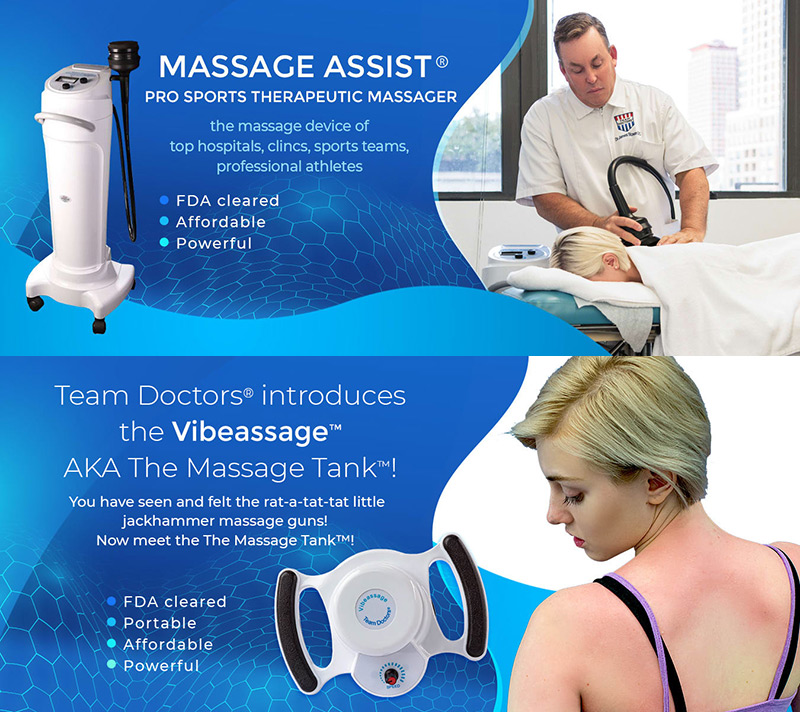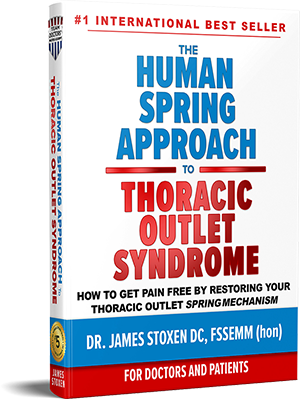The Foot Supination to Pronation Roll-Press Exercise is A great exercise for those who stand a lot. It can also help with the prevention of foot injuries, foot cramps, ball of toe pain, plantar fasciitis and foot arch pain as well. Doing this exercise might also help with preventing a sprained foot, twisted ankle and/or a broken ankle.
This ankle exercise is similar to the foot exercise you do for the recovery and rehabilitation of a sprained ankle. Therefore it will help speed up ankle sprain recovery as well as prevention.
Weather you have ankle pain from running, foot pain from standing or recovering from an ankle sprain, this foot and ankle exercise in this post will increase the health of your foot.
If you are like me and forced to stand a lot at work then I recommend you do this foot and ankle supination to pronation roll press exercise for many reasons:
- It will help keep the 33 joints of your feet moving
- It will help strengthen your pronation-supination cuff, AKA landing muscles or spring suspension system muscles.
- It will help stimulate circulation in the calf area which will stimulate circulation in the entire body
Dr. James Stoxen DC of Chicago IL and Dr. John Petrozzi Dc of Leichhardt NSW Australia
April 29, 2012 at a park
Kuala Lumpur, Malaysia
The Foot And Ankle Roll/The Foot Supination To Pronation Roll-Press Exercise
To Strengthen your unlocked spring mechanism we are going to initially focus on creating resistance through using your body weight to generate relatively low levels of force.
One exercise I use to be able to accomplish this is called the Foot and Ankle Roll.
This drill concentrates on moving the foot in multiple directions. (see above)
It also helps to keep your muscles contracting and not stagnating into fatigue.
The Foot and Ankle roll as well as the other strengthening exercises (listed on the bottom of this post) do a really great job in developing elastic tendon strength in movements outside of the normal straight ahead running movements. What this will do for you is develop more elastic capacity in the tendons or the elastic structures because in reality running relies on elastic recoil or spring mechanisms and less on muscular contractions.
The most efficient energy comes from the tendon stretch and elastic, spring-like structures. However the muscles must be strong to provide a base of support for the tendon springs.
When the muscles that suspend the spring suspension system of the foot are no longer able to support the spring, then the spring suspension system drops or collapses, stiffens or locks.
When the spring locks
- your ambulation is not as efficient due to a reduction of free spring energy
- your spring mechanism can no longer protect you as well from the impacts
- your spring mechanism cannot conform as closely to the terrain changes
Where we have breakdowns in the spring suspension system is with the weakness of the mechanism.
This weakness happens many ways:
- Atrophy or weakness from inactivity
- Overload of the mechanism (overweight or obese)
- Injury
- Surgery
- Binding of the mechanism (shoes that bind the joints)
- Alterations of natural motion (shoes or footwear that alter natural motion)
- Sustained Contraction Fatigue
The way you get sustained contraction fatigue is simple.
You are standing in one place too long.
We were meant to keep moving. That is because we had to find our next meal from the earth. Also, if we did not keep moving we would be eaten or killed.
In todays society, we get our next meal by walking straight paths down the aisle of a grocery store, from the seat of our car in a drive through or sitting while someone brings it to us in a restaurant.
Our spring suspension system does not get enough rocking side to side motion to maintain the strength of the muscles that suspend the feet from the sides, the spring suspension system.
I realized I was a prime candidate for this kind of fatigue. I’m on my feet sometimes 12 – 16 hours a day when i’m treating patients.
One day I put my computer on a podium so I could do my medical records between patients without sitting down. After a week or two my spring suspension system muscles fatigued and my spring suspension system dropped, locked and I developed chronic ankle and foot pain, chronic fatigue and swelling of the ankles.
Because I am a barefoot runner, that evening after work, I would be taking up 6000 + impact forces of 550 – 600 pounds into my bare feet running barefoot on the concrete path by the lake.
If my spring was locked I could get injured.
This was a valuable lesson I learned from that which I am passing on to you.
This is when I invented this important little exercise.
Directions:
- Stand with your feet about hip-width apart
- make sure your toes are pointing straght. Your’re going to massage the ground alternately with the outside edge of the feet.
- Use your body weight to bear down on one side. Working your ankle muscles.
- make sure you are not rolling your knees are your hips.
- Shift your weight toward your left so that your right foot rolls toward the arch and your left foot shifts toward the outer part of the left foot. Then shift your weight in a smooth manner toward your heels, and shift toward your right so that your right foot rolls onto the outer right foot and your left foot rolls toward the left arch. Shift your weight toward your toes and continue to roll counterclockwise for 10 rotations.
- Then rotate your feet and ankles in the opposite direction. Keep your knees slightly bent as you move.
1. This exercise gets your 33 joints moving
Your arch and foot is designed with 33 movable joints. The reason for so many joints is so the impact forces of walking, running, dance or sport can be spread across many joints. By allowing the forces to spread across many joints it provides for a smoother landing and spring off.
What this exercise does is it gets the feet and ankles moving in the directions of supination and pronation so you can actively mobilize the joints of the feet.
2. This Exercise Actively Develops your Spring Suspension Muscles as a Lever Mechanism
Your foot is designed as a spring suspension system. That means the arch mechanism is essentially suspended by special muscles that attach on the back of the calf.
These muscles have a specialized design with shorter muscle bellies and longer stretchy tendons. The greater the percentage of tendon the more efficient it is.
When you push actively roll from supination to pronation and push against the ground,
This exercise stimulates an increase in the circulation in your lower body.
Because it works the muscles deep in the calf it will stimulate the circulation to the deep arteries and deep veins of the calf.
Stagnation of blood flow could lead to swollen ankles, varicose veins, clot formation, deep vein thrombosis and obviously a stroke.
You don’t have to put yourself at so much risk. You can do this exercise while standing and oftentimes no one will even notice.
I do it all through the day and recommend you try it.
I Have listed additional Resistance Exercises to Strengthen the Spring Suspension System Below:
Video Tutorial #148 Bosu Ball Foot Training, click here to view
Video Tutorial #76 Bosu Ball Lateral Step, click here to view
Video Tutorial #177 Side Lunge With Cable, click here to view
Video Tutorial #105 Foot Eversion Exercise, click here to view
Video Tutorial #106 Foot Inversion Exercise, click here to view
Video Tutorial #107 Ankle Exercise Training, click here to view
Video Tutorial # 108 Cable Hip Adduction And Foot Inversion, click here to view
Video Tutorial #109 A Great Hip Adduction Exercise , click here to view
Video Tutorial #109a A Great Hip Abduction Exercise, click here to view
Video Tutorial #110 Dr. James Stoxen DC loses An abdominal Exercise, click here to view
Video Tutorial #111 Rectus Abdominal Cable Crunch, click here to view
Video Tutorial #112 Abdominal Oblique Exercise , click here to view
Video Tutorial #176 Half Foam Roll Exercises, click here to view
I have listed some impact exercises to Supercharge the Spring Suspension System below:
Video Tutorial #149 Figure 8 Runs, click here to view
Video Tutorial #133 Circle Walk, Jog, Run And Sprint, click here to view
Video Tutorial #90 Obstacle Course, Combining Exercise Drills, click here to view
Video Tutorial #136 Double Leg Cone Jump or hop, click here to view
Video Tutorial #147 Single Leg Hop, click here to view
Video Tutorial #150 8-Point Step, Lunge, Hop or Bound, click here to view
Video Tutorial #152 Ricochet Box Jump, click here to view
Video Tutorial #167 Side Shuffle, click here to view
Video Tutorial #178 High Skip/Vertical And Horizontal, click here to view
Video Tutorial #179, 45 Degree Zig-Zag Hop, Jump Or Run, click here to view
Video Tutorial #151 Lateral Cone Jumps, click here to view
You can find more information about the foot and ankle exercise many more in the book, ‘How I Got My Wiggle Back’ by Anthony Field. You can purchase the book at your local bookstore as well as Amazon.com
Like this article? We will send the next one to you.
Register for our updates below:
Disclaimer
All content on teamdoctorsblog.com, including without limitation text, graphics, images, advertisements, videos, and links (“Content”) are for informational purposes only. The Content is not intended to be a substitute for professional medical treatment, advice, or diagnosis. Please remember to always seek the advice of a qualified physician or health professional with any questions you may have regarding any medical concerns. Dr James Stoxen DC and Team Doctors does not recommend or endorse any specific treatments, physicians, products, opinions, research, tests, or other information it mentions. Said Content is also not intended to be a substitute for professional legal or financial advice. Reliance on any information provided by Team Doctors is solely at your own risk.

